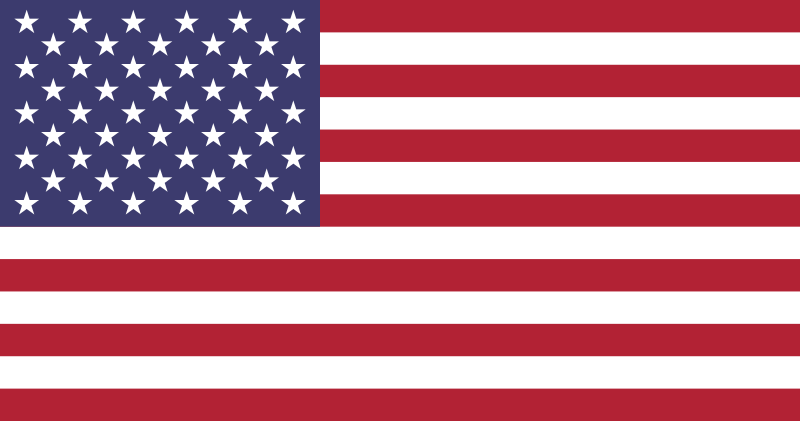Advance Rulings for Tariff Classification CBSA has recently started to publish rulings on their website (https://www.cbsa-asfc.gc.ca/import/ar-da/ar-da-eng.html).
Advance rulings for publication are selected on the basis of being precedent decisions or in the interest of providing clients with examples illustrating a significant classification principle, for example the application of GIRs 3(b) and 3(c). As this is a recent endeavour, we have tried to cover a wide variety of products covered by as many HS headings as possible.
Category: Uncategorized
Updates of the list of foods containing meat and fish
Classification of products containing Fish & Meat:
1. Products containing Fish & Meat but classified as Fish – exempt from Meat Inspection Regulations.
2- Products containing Fish & Meat but classified as Meat – exempt from Fish Inspection Regulations.
http://www.inspection.gc.ca/english/fssa/fispoi/product/fismeae.shtml
Importation of pet food from USA containing BOVINAE ingredients
The CFIA has provided revised procedures documents for the importation of pet food from the United States.
The documents include information on procedures and documentary process for the import of pet food, pet treats, compound pet chews containing BOVINAE ingredients, NON BOVINAE ingredients, and a template Importer Statement of Compliance.
Goods subject to anti-dumping or countervailing duties
The list of goods currently subject to measures under the Special Import Measures Act (SIMA) and the relevant countries of origin or export has been updated, and is available on the CBSA website at:
http://www.cbsa-asfc.gc.ca/sima-lmsi/mif-mev-eng.html.
EU export lists for various fish and seafood products
Please be advised that the following link on the CFIA website has been updated to consolidate information regarding EU Export Lists for various fish and seafood products into a single location.
http://www.inspection.gc.ca/english/fssa/fispoi/export/pageeuuee.shtml
In addition, the “List of Canadian Exporters of Live Shellfish, Live Tunicates, Live Echinoderms or Live Gastropods Intended for France” and the “List of Canadian Exporters of Live Shellfish, Live Tunicates, Live Echinoderms or Live Gastropods that Meet the Same or Equivalent Conditions to Those Required in the European Union” have been removed from the CFIA website.
CITES: What it is, how it works
The following was reported on in the 13 March 2010 edition of “The Ottawa Citizen”.
The Convention on International Trade in Endangered Species of Wild Fauna and Flora, or CITES, whose members meet in Qatar and started [on March 13], was signed in 1973 by 80 countries and enacted two years later.
The UN-administered body counts 175 signatories, including Canada, and offers varying degrees of protection for more than 33,500 species traded as live specimens, fur coats, culinary delicacies, raw timber, musical instruments or traditional Chinese medicines.
Member nations gather every three years to vote on proposals for tightening or loosening restrictions on trade of individual species.
Measures must receive a two-thirds majority to be adopted, and are then enforced by laws passed in member nations.
The species covered by CITES are listed on three levels according to the degree of protection they need:
APPENDIX I includes species threatened with extinction, and bans or severely restricts trade on about 530 animals — including tigers, great apes, snow leopards and sea turtles — and more than 300 plants, notably certain species of orchids and cacti. Bluefin tuna has been proposed in Doha for such top level protection.
APPENDIX II covers species “not necessarily threatened with extinction, but in which trade must be controlled (to) avoid utilization incompatible with their survival.”
APPENDIX III contains nearly 300 species that are protected by national laws within at least one country and that require “international cooperation” to monitor sales and trade.
Pet food import/export policies and procedures
The CFIA has published a new Pet Food Program webpage with information about import/export policies and procedures of pet food. It is available at: http://www.inspection.gc.ca/english/anima/petfaani/petfaanie.shtml.
CPFTA – Canada Peru Free Trade Agreement
As of August 1, 2009 the CPFTA will take effect. With the exception of a few agricultural goods, the CPFTA will eliminate duties on all goods, either immediately upon implementation of the agreement, or through tariff phase-out. Goods must be accompanied with the CPFTA form.
CEFTA – Canada European Free Trade Agreement
Industrial products and selected processed agricultural products from the following countries will now be exempt from duties if accompanied with a Statement of Origin: Albania, Bosnia, Herzegovina, Croatia, Macedonia, Moldova, Montenegro and Serbia.

